SERVICES
Over-the-phone Interpretation
Over-the-phone interpretation (OPI) stands at the forefront of modern language solutions, offering efficient and accessible linguistic assistance for a wide array of communication needs. In the dynamic landscape of the translation industry, OPI serves as a vital tool, enabling real-time interpretation services over telephone or digital platforms.
With OPI, language barriers dissolve with the dial of a number, connecting individuals or groups speaking different languages instantaneously. This mode of interpretation is characterized by its flexibility and convenience, making it an invaluable resource for scenarios where in-person interpretation may not be feasible or practical.

From medical consultations and legal proceedings to customer service calls and emergencies, OPI empowers organizations to communicate effectively with diverse audiences without the constraints of physical proximity. It transcends geographical boundaries, allowing for seamless interactions across continents and time zones.
OPI interpreters possess exceptional linguistic proficiency and cultural competence, enabling them to convey messages accurately and sensitively in a variety of contexts. They navigate complex language dynamics with ease, ensuring clarity and understanding for all parties involved.
In an era defined by rapid globalization and digital connectivity, OPI emerges as a cornerstone of the translation industry, facilitating communication across linguistic divides with speed, accuracy, and reliability. As technology continues to advance, OPI remains at the forefront of innovation, delivering seamless language solutions that transcend boundaries and foster meaningful connections.
Frequently Asked Questions:
What is Over-the-Phone Interpretation?
Over-the-phone interpretation (OPI) is a language service that allows individuals who speak different languages to communicate with the assistance of an interpreter over the telephone. In this mode of interpretation, the interpreter is not physically present with the parties involved but provides language translation remotely. Over-the-phone interpretation is often used in various settings to facilitate communication across language barriers.
Here are some key features and applications of over-the-phone interpretation:
Remote Access:
- Over-the-phone interpretation enables individuals to access interpretation services remotely. Participants in a conversation can be in different locations, and the interpreter facilitates communication via a telephone connection.
Immediate Availability:
- Over-the-phone interpretation allows for quick and on-demand language assistance. When language support is needed urgently, individuals can connect with an interpreter over the phone without the need for prior scheduling.
Wide Range of Settings:
- Over-the-phone interpretation is used in diverse settings, including healthcare (for medical consultations and emergencies), customer service, legal consultations, business meetings, government agencies, and more.
Cost-Effective:
- It can be a cost-effective solution compared to in-person interpretation, as there are no travel expenses or logistical considerations associated with bringing an interpreter to a specific location.
Multiple Language Options:
- Over-the-phone interpretation services often offer a wide range of language options, allowing individuals to access interpretation services for numerous languages.
Flexibility:
- Over-the-phone interpretation provides flexibility in terms of when and where interpretation services can be accessed. It is particularly useful in situations where in-person interpretation may not be practical or timely.
Security and Privacy Measures:
- Reputable over-the-phone interpretation services implement security measures to ensure the privacy and confidentiality of the conversation. This includes encryption and other safeguards to protect sensitive information.
Short and Long Interactions:
- Over-the-phone interpretation can be used for short interactions, such as a brief customer service call, or longer interactions, such as a medical consultation. It accommodates various communication needs.
While over-the-phone interpretation offers convenience and flexibility, it may not capture non-verbal cues and context as effectively as in-person interpretation. The choice between in-person and over-the-phone interpretation depends on factors such as the nature of the communication, the level of immediacy required, and the specific context in which the interpretation is needed.
What is the role of an Over-the-Phone interpreter?
The role of an over-the-phone interpreter (OPI) is to facilitate communication between individuals who speak different languages by providing real-time language interpretation over the telephone. The interpreter’s primary goal is to ensure accurate and effective communication between parties who do not share a common language.
What are the best practices for Over-the-Phone Interpretation?
Prepare and Gather Information in Advance:
- Before the interpretation session, gather relevant information about the topic and any specific terminology that might be used.
Choose a Quiet Environment:
- Find a quiet and distraction-free environment to ensure clear communication. Minimize background noise to enhance the interpreter’s ability to understand and convey the message accurately.
Use Professional Interpreters:
- Engage trained and experienced interpreters who are proficient in both languages. Look for interpreters who specialize in the specific subject matter if available.
Speak Clearly and at a Moderate Pace:
- Speak clearly and avoid using complex or ambiguous language. Enunciate words and speak at a moderate pace to make it easier for the interpreter to follow and convey the message accurately.
Pause for Interpretation:
- After speaking a few sentences, pause to allow the interpreter to convey the message. This helps maintain the flow of the conversation and ensures that nothing is missed.
Avoid Slang and Jargon:
- Minimize the use of slang, idioms, or industry-specific jargon that may not have direct equivalents in the target language. This reduces the risk of misunderstandings.
Use Technology Wisely:
- Leverage reliable and secure OPI platforms. Ensure that both parties have access to good-quality audio equipment to enhance communication.
Respect Cultural Differences:
- Be aware of cultural nuances and differences, as they can impact communication. Be open-minded and respectful of diverse perspectives.
Maintain Confidentiality:
- Emphasize the importance of confidentiality to the interpreter. Ensure that they understand the sensitive nature of the information being conveyed and the need to maintain privacy.
Stay Calm in Difficult Situations:
- In challenging or emotionally charged situations, remain calm and composed. Allow the interpreter to manage the situation professionally.
By adhering to these best practices, you can enhance the effectiveness of Over-the-Phone Interpretation and ensure accurate and clear communication between parties who speak different languages.


